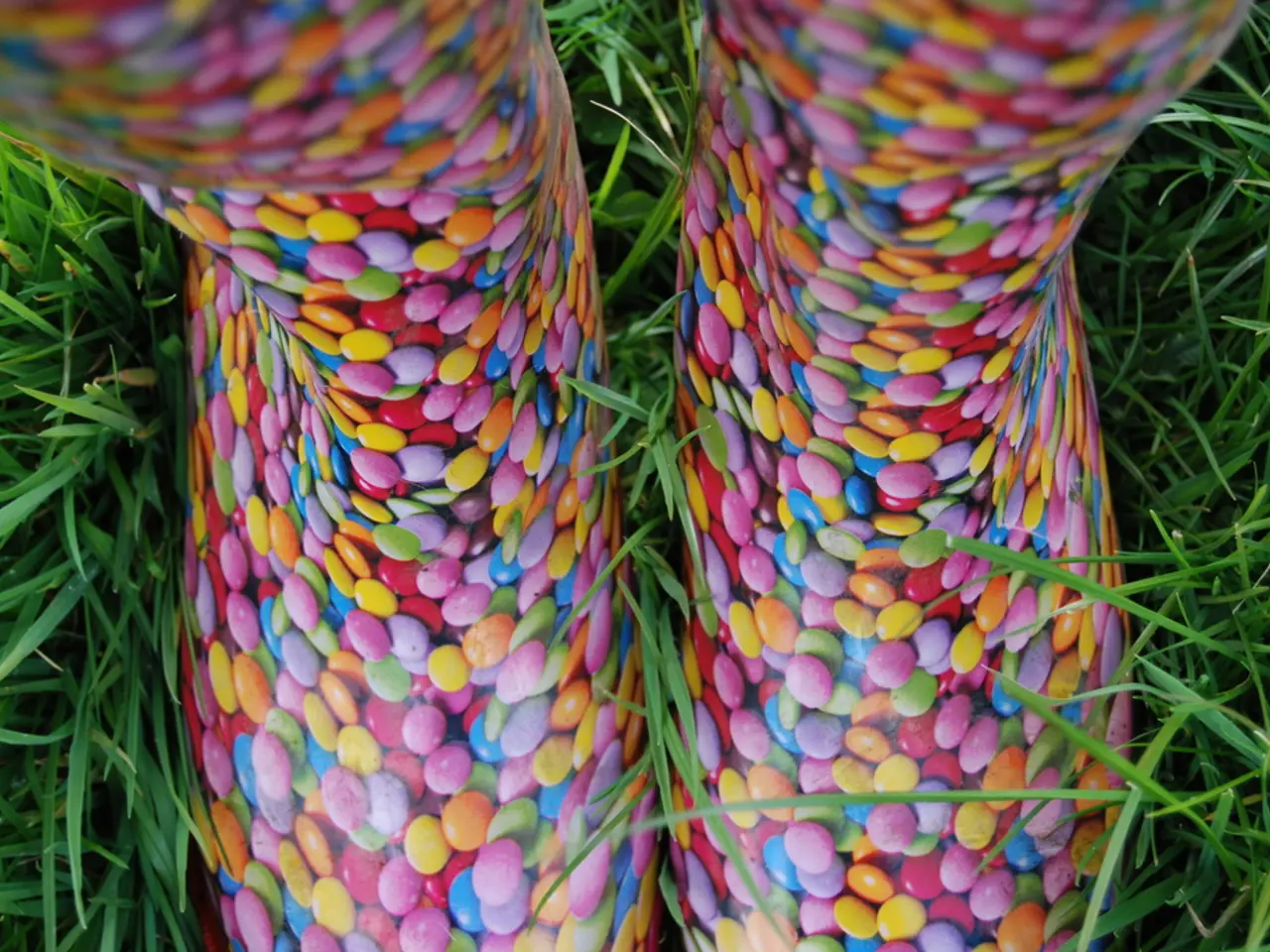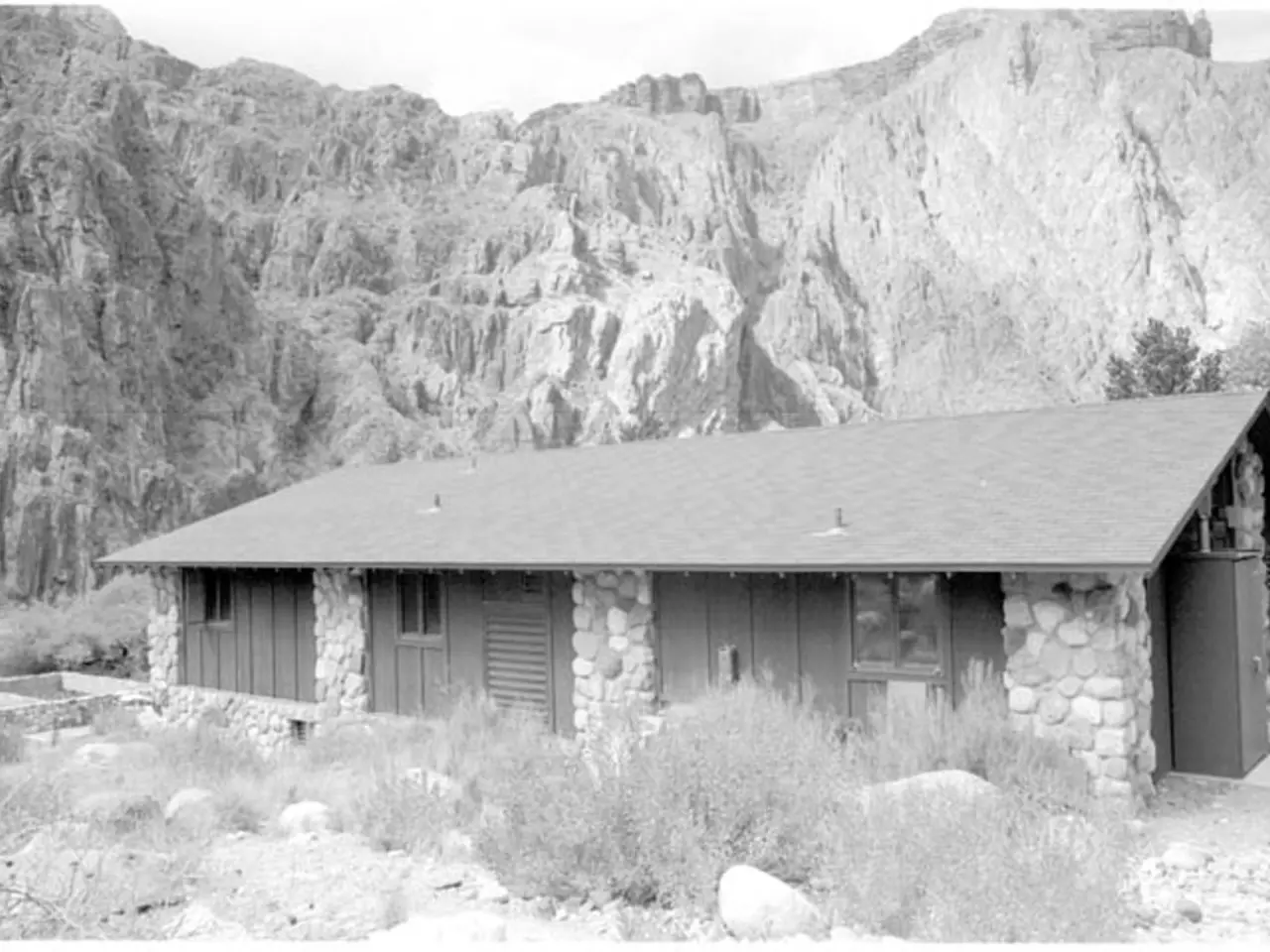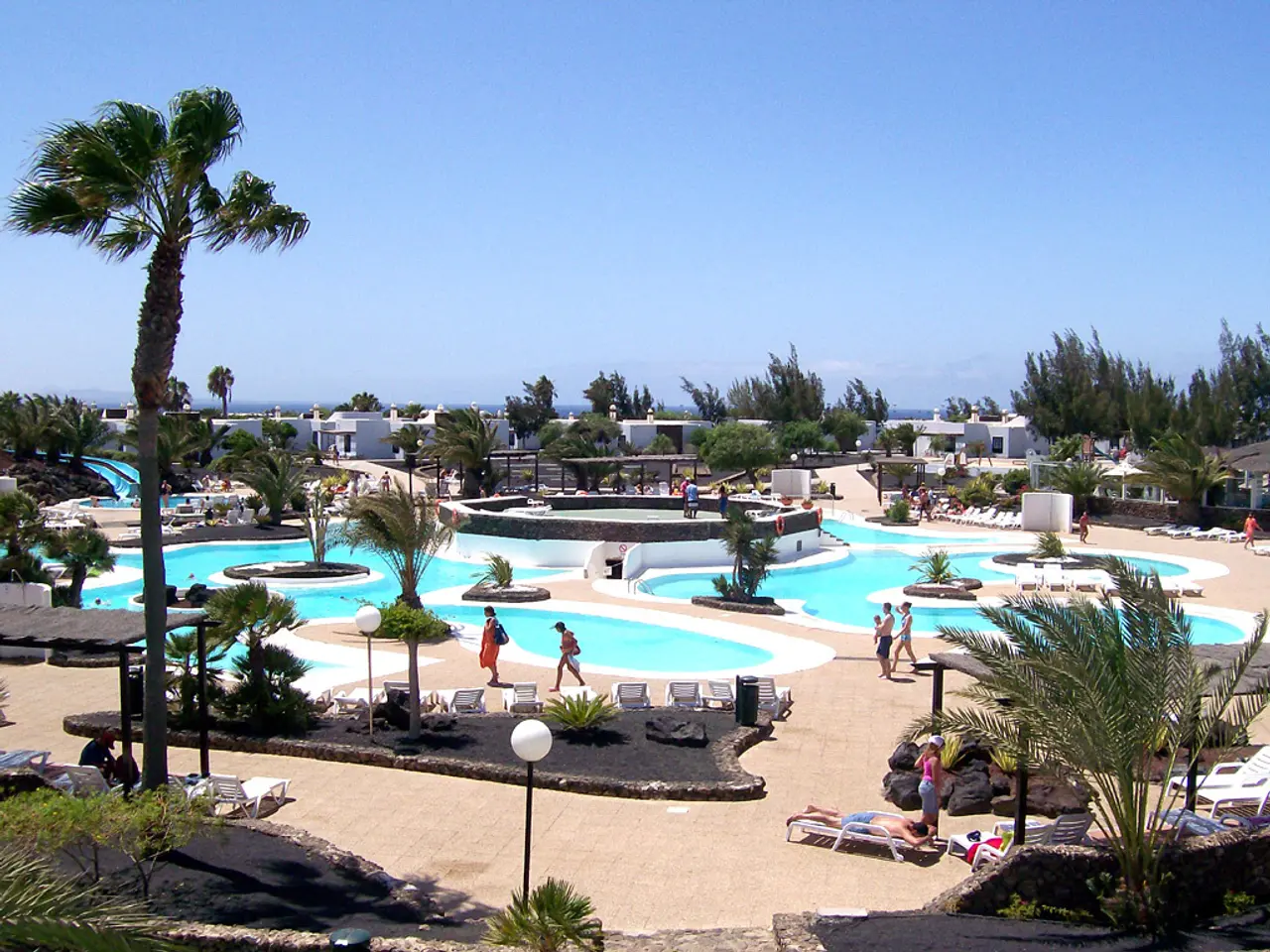Examining Sapphires' Worth and Importance
In the world of coloured gemstones, few compare to the allure and value of Kashmir and Padparadscha sapphires. These rare and sought-after gems captivate collectors and jewellery enthusiasts alike with their unique colours, limited sources, and distinctive clarity characteristics.
Factors Contributing to Rarity and Value
Unique Color and Appearance
Kashmir sapphires are celebrated for their velvety, vivid medium-to-dark blue hues, a quality rarely found elsewhere. The distinctive velvety texture is partly due to specific needle-like inclusions that diffuse light softly[1][3]. On the other hand, Padparadscha sapphires exhibit a striking and rare pinkish-orange to sunset orange colour, reminiscent of lotus flowers or tropical sunsets. This colour is the rarest among all sapphires, adding to their high value and demand[2].
Limited Source and Rarity
Kashmir sapphires come from a very limited and largely exhausted source in northern India. The original deposits have been mostly depleted, making naturally sourced Kashmir stones extremely rare and valuable[1]. Padparadscha sapphires are also rare due to their very specific and unusual colour range, which only occurs under particular geological conditions, making natural padparadscha sapphires scarce worldwide[2][3].
Clarity and Inclusions
While clarity is important in sapphires, Kashmir sapphires’ slight inclusions often enhance their velvety soft appearance, which collectors highly prize[1]. For padparadscha sapphires, clarity combined with the rare colour plays a crucial role in value.
Provenance and Origin
The origin of these sapphires significantly impacts their value; Kashmir sapphires, from their legendary mines, command some of the highest prices per carat, sometimes reaching tens of thousands of dollars[1][5]. Padparadscha sapphires sourced from historically recognized regions are especially prized, reinforcing the premium price.
Role of Treatments in Value
Heat Treatment
Over 98% of sapphires, including those from Kashmir and other sources, are heat-treated to improve colour and clarity. This treatment is widely accepted in the gem trade and generally does not reduce a sapphire’s value, provided the stone still exhibits exceptional quality[3].
Diffusion Treatment
Treatments that artificially infuse colour (e.g., beryllium diffusion) are controversial and typically reduce a sapphire’s value because the colour is less natural and less stable[3].
For Kashmir and padparadscha sapphires, untreated stones or only heat-treated stones are most valuable. Untreated Kashmir sapphires with their natural velvety hue are especially prized, often fetching premium prices.
Summary
| Factor | Kashmir Sapphires | Padparadscha Sapphires | |-----------------------------|-------------------------------------------|-----------------------------------------| | Color | Velvety, vivid medium-to-dark blue | Rare pinkish-orange to sunset orange | | Source | Limited, nearly exhausted mines in Kashmir| Rare worldwide, specific geologic formation | | Clarity/Inclusions | Slight inclusions enhance velvety look | High clarity with rare colour paramount | | Provenance Impact | Highly significant, Kashmir origin commands premium | Important, origin affects value highly | | Common Treatments | Heat treatment accepted; diffusion reduces value | Heat treatment acceptable; diffusion lower value | | Market Value (per carat)| Up to $60,000+ for Kashmir (small stones) | High due to extreme rarity and colour |
Thus, the combination of unique colour, extreme rarity of natural sources, distinct clarity characteristics, and minimal or accepted treatments makes Kashmir and padparadscha sapphires much rarer and more valuable than many other coloured gemstones[1][2][3][5]. Treatments that alter colour unnaturally diminish value, whereas natural or heat-enhanced stones retain or improve it.
- Over 90% of all sapphires are treated to enhance their colour.
- Corundum can come in every colour, and material in colours other than blue is referred to as fancy coloured sapphire.
- Corundum is composed of aluminium oxide and is hard, tough, and stable.
- Rarity adds value to large, clean, and vibrant sapphires.
- Sapphire is a variety of the mineral corundum.
- The finest Kashmir sapphires found their way into the hands of the wealthy and were set into mounts by the best jewellery houses.
- By 1887, most of the finest Kashmir sapphires had been unearthed.
- The Kashmir sapphires are known for their velvety sheen, caused by the scattering of light off fine rutile dust within the stones.
- The pursuits of education and self-development may incorporate learning about gemmology, science, and the unique properties of rare gems like Kashmir and Padparadscha sapphires.
- In casino-and-gambling settings, these valuable gemstones might not be found on the roulette or poker table, but their rarity and worth could spark interesting conversations among patrons.
- To deepen one's knowledge of these precious stones, one can explore workshops, courses, and publications dedicated to the art of gemmology and colored gemstone appreciation.
- The weather, whether clear or overcast, can impact the appearance of Kashmir sapphires by changing the intensity of their velvety blue hues.
- Besides being popular as embellishments in jewelry, Kashmir and Padparadscha sapphires can also be found in various lifestyle products, such as necklaces, bracelets, and watches.
- As one delves further into the world of gemstones, one might find their interest expanding to include other coveted gems like rubies and emeralds, each with its unique characteristics and market value.
- While sports enthusiasts might not focus on finance and the monetary value of Kashmir and Padparadscha sapphires, some may find these remarkable gemstones the perfect addition to an exclusive collection or investment portfolio.




